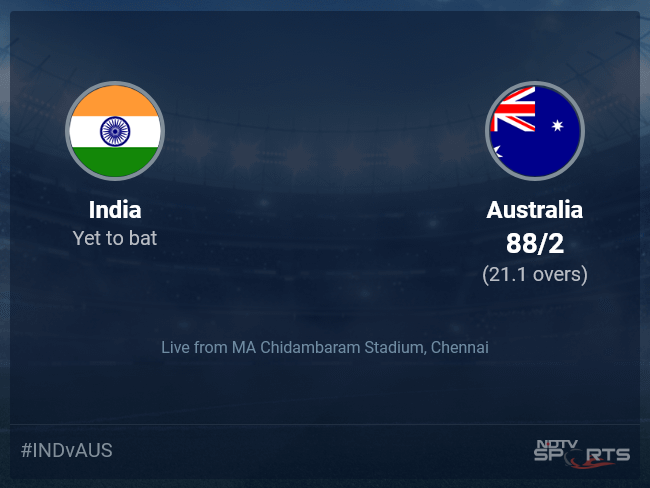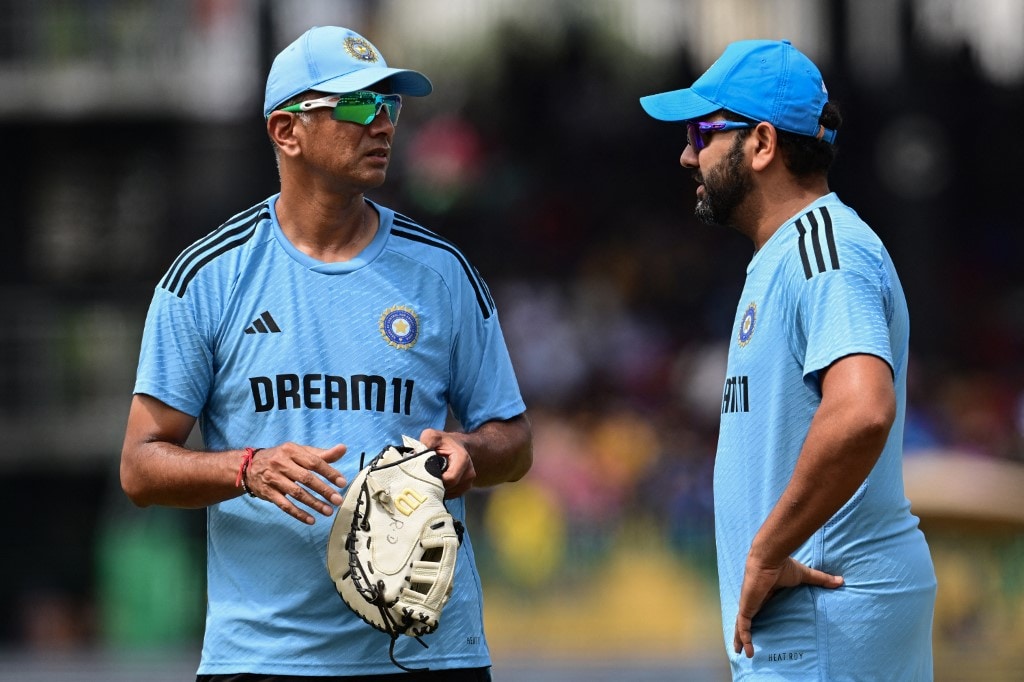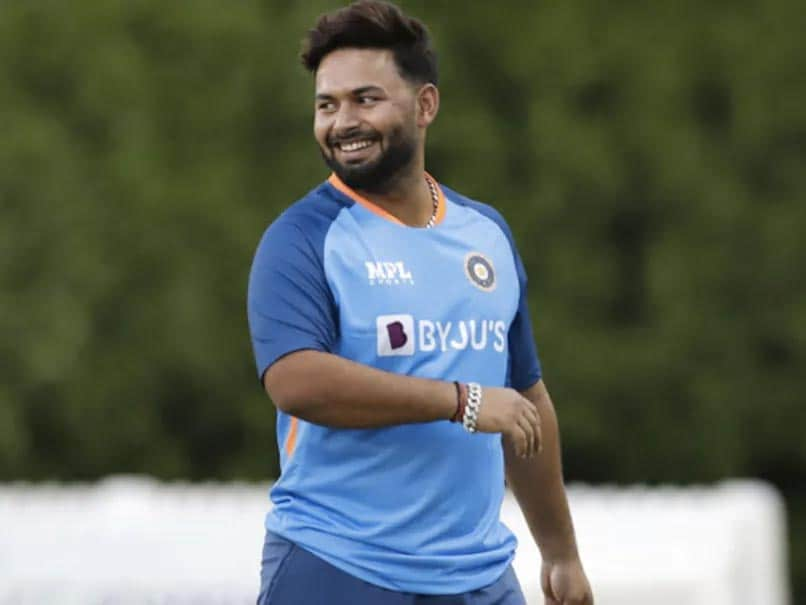It is difficult to be consistently relevant in an ever-evolving world. Unless, of course, one happens to be Sunil Gavaskar, who is celebrating the completion of 75 eventful summers in his life on Wednesday. It’s tough for today’s young cricket fans, who have grown up watching IPL big hits, to truly understand the significance of Gavaskar, as often they have a shrunken image of him — a former-cricketer-turned-commentator — in their mind.
Now, there are too many of them. Or, perhaps, it’s the recency bias.
However, Gavaskar, who tackled some of the meanest pace bowlers to have walked on earth, remains a colossus in the minds of his contemporaries, who fondly recall the greatness of the right-hand great.
“Gavaskar made his debut two years after my retirement. But we have already been told by (late) Ajit Wadekar about a talented Bombay boy who could make a lot of runs for India. Didn’t he make a lot of runs,” said former India batter Chandu Borde.
So, how did Gavaskar tame those fearsome quicks from the West Indies, right from his first series in 1971? “It’s his concentration and a water-tight technique. I have not seen a better stance than that of him, and he watched the ball so closely. Of course, he could play most of the shots but used them wisely. He was a very practical batsman, knew what to do when,” said Borde.
Gavaskar scored 774 runs in that series, helping India conquer the West Indies 1-0. ‘Lord Relator’ immortalised that triumph with a Calypso dedicated to the master batsman.
“It was Gavaskar. De real master. Just like a wall. We couldn’t out Gavaskar at all, not at all,” he wrote, and to this day it remains a goosebump-inducing number.
Gavaskar is often remembered for his mastery over pacers such as Andy Roberts, Michael Holding, Malcolm Marshall, and Imran Khan, but another less talked about aspect of his batting was the way he nullified spinners.
Gavaskar, who once rated England’s Derek Underwood as the toughest spinner he faced, outfoxed some of the wily tweakers of his generation like Abdul Qadir, Tauseef Ahmed from Pakistan and England’s John Emburey.
“Sunny had brilliant footwork, and could use soft hands (against spin). Since he used to watch the ball very closely, he could play spinners late and he never really got into awkward positions against them,” recalled former India middle-order batter Mohinder Amarnath, himself a slayer of pacers in the 80s.
But occasionally, he wore the enforcer’s garb too.
He creamed Marshall for a six to equal the then world record of 29 Test hundreds held by the legendary Sir Donald Bradman.
In fact, Gavaskar’s 103, his lone ODI century, against New Zealand during the 1987 World Cup, came off 88 balls.
“Perhaps, the need of that time forced Gavaskar to go defensive while playing for India. But he could always dominate attacks and he often did that in the domestic circuit. He could pull and hook with as much ease as anyone else,” says former Mumbai batter Milind Regge.
Gavaskar carried that versatility and adaptability to the commentary box as well, and added a touch of subtle humour to it.
Rewind to the way he teased former England pacer Jade Dernbach, who carried the reputation of an excellent death over bowler, after he was carted around by Indian batters in a T20I.
“Dernbach is a death overs specialist, isn’t it?” he mischievously asked former England batter-turned-commentator Michael Vaughan with a soft chuckle.
“Sunny bhai is always a chirpy presence in the box. There is no dull moment around him. He is a bundle of anecdotes and never really afraid to speak his mind,” tells a former cricketer, who has spent several hours of airtime with Gavaskar.
“He has strong opinions about cricketing matters, and supports Indian cricket quite vociferously. Perhaps, it comes from the time he played cricket.
“You know, the time when world cricket was dominated by England and Australia. Now, he wants to see the wheel come to a full circle,” he averred.
It indeed has come full circle for Gavaskar as well.
Topics mentioned in this article

















